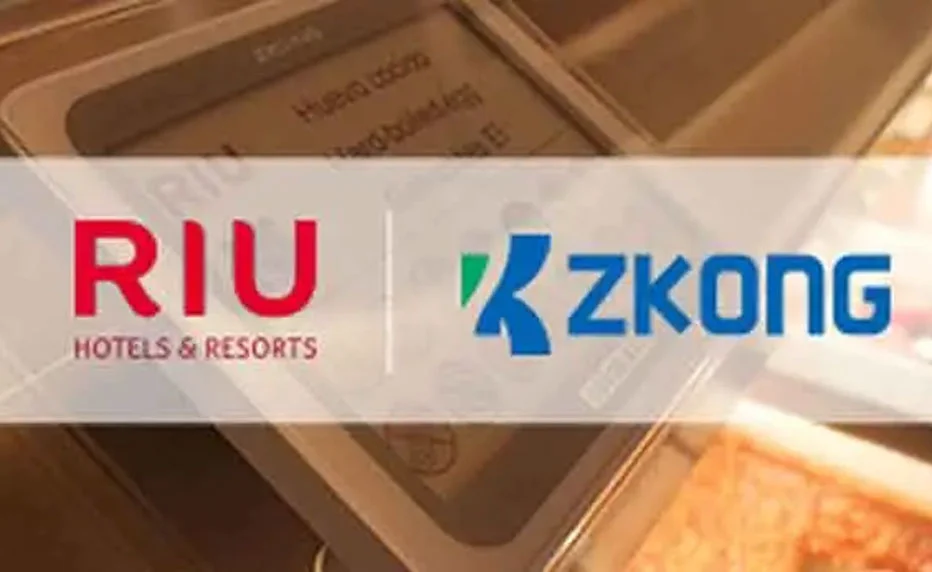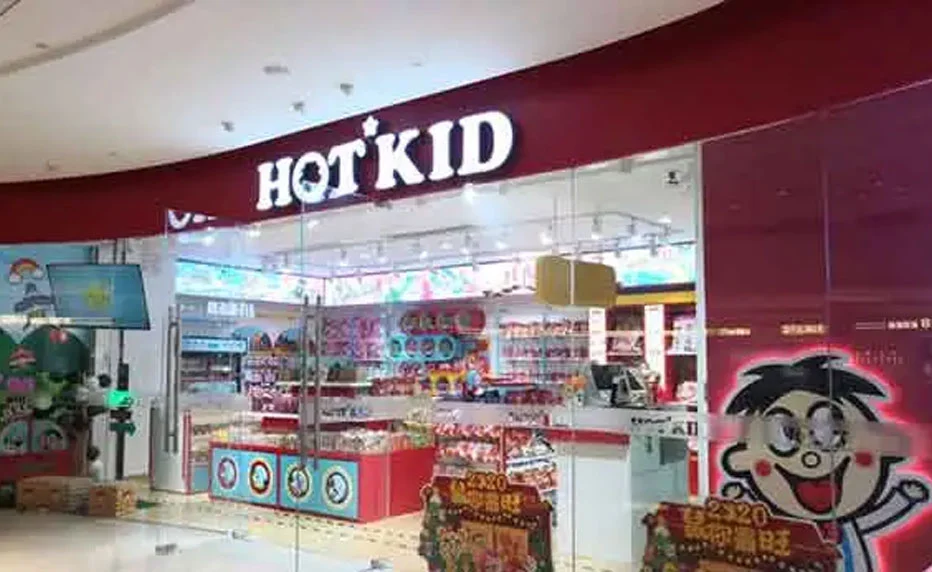Electronic shelf labels are rapidly gaining traction in the retail industry and driving brands toward digital transformation, especially those already engaged in multi-channel or omnichannel business models.

From 3C electronic products to grocery stores, pharmacies, and home improvement retailers, electronic shelf labels enable major retailers in these sectors to update pricing information remotely. This eliminates the need for printed paper tags, avoids wasting resources, and saves employees valuable time by removing the necessity of manually replacing paper price tags.
In addition to maintaining up-to-date price information at all times, Electronic shelf labels allow retailers to dynamically price products based on market demand, optimizing operational models in response to customer traffic. This supports a strategic approach to real-time omnichannel sales. The use of electronic shelf labels reduces human errors and labor costs while enabling a single device to display multiple promotional messages, thereby maximizing space utilization.
Electronic shelf labels are rapidly transforming the retail industry. This article explores how retailers in various sectors are leveraging this technology.
Many supermarkets have adopted electronic ink-based Electronic shelf labels. This move enables large-scale retailers to save time, labor, and costs associated with manually changing paper price tags. With the remote update capability, employees no longer need to linger on the shop floor to update shelf labels. This is especially critical during times when maintaining social distancing and managing in-store traffic is essential.
When visiting grocery stores or large supermarkets, we often see a wide variety of products displayed, with inconsistent price labeling methods. Manually managing these shelf tags requires a significant amount of time and effort. Electronic shelf labels are an ideal solution in such cases. These devices allow retailers to easily adjust prices in response to competitors' promotions or changes in supply and demand, simultaneously stimulating consumer purchasing behavior.

Another type of retailer leveraging electronic shelf labels is pharmacies. With the aging population in China driving the rapid growth of the "silver economy," the digitization of pharmacies has become a trend. Electronic Shelf Labels can streamline operations while meeting the demands of a growing market.
Home improvement retailers are integrating Electronic shelf label systems to drive digital transformation. By utilizing Electronic shelf labels that allow for easy updates to product price information, these stores can focus on innovative multi-channel strategies, quickly reflecting online pricing and inventory in physical locations.
While retailers can customize the information displayed on Electronic Shelf Labels according to their needs, for home improvement stores, the use of electronic ink-based Electronic shelf labels provides clear text and graphics. This is especially useful for helping customers check whether products are available in different sizes and colors, or to provide detailed information on materials, further enriching the shopping experience.
Electronic shelf labels are revolutionizing the retail sector, driving brands toward digital transformation, especially those adopting multi-channel or omnichannel strategies. By enabling retailers to update pricing information remotely and eliminating the need for paper labels, Electronic Shelf Labels save resources and time. In addition to maintaining accurate and timely price information, Electronic Shelf Labels support dynamic pricing strategies that respond to market demand, optimize operations, and enhance the customer shopping experience.
From 3C electronics to grocery stores, pharmacies, and home improvement retailers, electronic shelf labels are setting a new standard for retail operations, offering efficiency, accuracy, and flexibility. Their integration is accelerating the digital transformation of the industry, empowering retailers to stay competitive and meet the demands of the modern consumer.


